I write this a few weeks after having skipped my first CES in a quarter-century. I started attending the show in the late 1990s just as the world of TV technology was being turned on its head. CRTs were on the way out; plasma TVs were all the rage. Screens were getting bigger and thinner. Luminance levels were climbing, and color accuracy was improving. Solid-state imaging devices like liquid crystal chips and digital micromirror devices started appearing in rear-projection models.
All the while, image resolution began a slow and steady increase from 525-line NTSC to Enhanced Definition TV (more horizontal pixels, but still the same number of vertical pixels) as the first 16:9 (1.77:1) aspect ratio TVs came to market. Then it was on to high definition television, with 1280×720 resolution scaled to 1280, 1360, and 1365×768 pixel plasma TVs.
The first affordable, large-screen LCD TVs appeared circa 2005, two years before Netflix began streaming video. The median screen size in diagonal inches crept up to 42 inches, with rear-projection sets reaching 65 and 75 inches. By 2008, 1080p (1920×1080 pixels) resolution was becoming the default for LCD screens, and plasma manufacturers followed suit. Not surprisingly, sales of rear-projection TVs took a nosedive as first plasma and then LCD TV screens passed 60 and 65 inches.
The introduction of 4K (Ultra HD, 3840×2160 pixels) monitors (not TVs!) in 2012 upset the applecart once again. 1080p was now the baseline resolution for TVs measuring 42 inches and up, with 4K commanding the space above 55 inches. Plasma sales were cratering as more and more consumers bought LCD TVs that were now equipped with light-emitting diode (LED) backlights, enabling better control over dimming.

The emergence of high dynamic range (HDR) a few years later fanned the fires – The last plasma TVs rolled off fabrication lines in 2013, and a few TV brands threw in the towel as LCD screen sizes continued to soar while retail prices dropped. Ultra HD became the resolution du jour in no time at all.
In short order, LCD manufacturers switched to Ultra HD LCD glass cuts, something LG Display had been doing for a while with its WOLED TV offerings. The median screen size for home TVs crept steadily closer to 60 inches, with 70, 72, 75, 80, 82, and 85-inch models available even at shopping clubs. But the resolution express kept on rolling: Five years ago, CES was awash with 8K televisions (7680×4320 pixels).
Screen luminance also took off like a rocket, thanks to enhancements like quantum dots and high-density mini-LED backlights for local area dimming. HDR sets now boasted a much wider gamut of colors, similar to what you’d see from a digital cinema projector. Familiar TV brands from two decades ago were now merely licensed nameplates for bargain TVs at Target and Wal-Mart, and 65-inch and 70-inch models flew off shelves with SRPs below $1500.
ENOUGH IS ENOUGH!
Today, you can buy a Tier 1 65-inch “smart” LCD TV with quantum dot enhancement and Ultra HD resolution for less than $500. Want something bigger? How about a “75-inch LED 4K UHD Smart Google TV” for $548 (was $710!). Not big enough? Okay, maybe you’d be interested in an “85-inch 4K UHD HDR Smart Roku TV” for all of $999 (was $1,999!)
(By the way, why do these ads keep using “LED” instead of “LCD” in the description? A true “LED TV” is a totally different beast and quite expensive!)
Even once-costly OLED TVs have come down in price, with 65-inch models on sale for $1300 and 55-inch sets tagged at $900 as I write this. Such deals! And you can buy them with numerous nameplates, although to be accurate, some of those models are of the new quantum dot-OLED (QD-OLED) hybrid variety and not WOLEDs. Cheaper 42-inch and 48-inch models will also boost sales of WOLED TVs, which offer lower black levels, higher color saturation, better contrast, and wider viewing angles than conventional LCD TVs.
Let’s recap. We have screen sizes pushing 90 inches with a few pricey models exceeding that size. 4K (again, Ultra HD) is the base TV resolution now. High dynamic range is standard on most models priced at $500 and up. Peak luminance levels can approach and exceed 1,000 cd/m2, depending on the technology used, and that’s a very bright luminance level even in the daytime. Color accuracy has never been better. (Do you really need to calibrate a television these days?)
What more could we ask for?
Hmm…It’s nice to have a really large TV screen, but 70 inches is pushing the available wall/table/room space that most homeowners have, not to mention apartment dwellers. And the average viewer sits anywhere from six to fifteen feet away from the screen. At the greater distance, even 65 inches is still a pretty large image. We already love HDR and our wider, more precise color gamuts. And I doubt anyone seriously thinks we need televisions that can hit 2,000 cd/m2 peak luminance levels.
As far as screen resolution goes; some TV manufacturers are trying to entice consumers with 8K, but they haven’t been very successful. You’d need to sit right on top of the screen to see any appreciable improvement in pixel resolution from a comparable Ultra HD model, as a study conducted by a major Hollywood studio a few years ago revealed.
There’s just not any demand for 8K now. And not surprisingly, TV brands haven’t been pushing 8K these days as strongly as they were in 2018 – especially not with the price premium these sets command over their bargain-priced Ultra HD counterparts. (There’s also a major power consumption issue with 8K sets that I won’t go into here, but may ultimately derail their sales in Europe and possibly even this part of the world.)
A recent report from Nielsen has analysts positing that televisions are really becoming subscription products (i.e., viewing terminals) more than anything else. Hence, the improvements and enhancements to televisions that we’re seeing nowadays are more about “connected” TVs and operating systems. (Even Roku is coming out with its own line of televisions.) The actual display panels, how they’re illuminated or driven, their physical resolution, and ability to display HDR images with a wide color gamut, aren’t all that different from brand to brand, aside from the differences between LCD and OLED architectures.
What’s next? Transparent TV screens are very cool, but largely impractical for the average home. MicroLED TVs are coming to market and may turn out to be the next generation of televisions, but they’re large (starting at 77 diagonal inches) and very expensive at present. There may be ways to improve on power consumption, an increasingly important metric these days.
As things stand now, we’ve already achieved high brightness, wide and accurate color gamuts, deep blacks, wide viewing angles, high contrast ratios, and fast refresh rates (sets that can support 120 Hz are now available), equipping current models with super-fast HDMI 2.1 ports to handle the latest gaming consoles.
The primary reason I attended CES for all those years was to see the latest and best TV technology. Now, even some of the major television brands (domestically and internationally) don’t exhibit TVs at CES anymore. Or if they do, they don’t emphasize TVs as much as smartphones, tablets, appliances, and even electric cars.
It’s easy to understand why. Televisions are big, cheap, and look great. TV technology has largely plateaued in regards to just about every performance metric.
They are indeed, “finally good enough.”
Article by Peter Putman originally appeared on LinkedIn. Republished with permission.








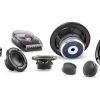





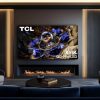








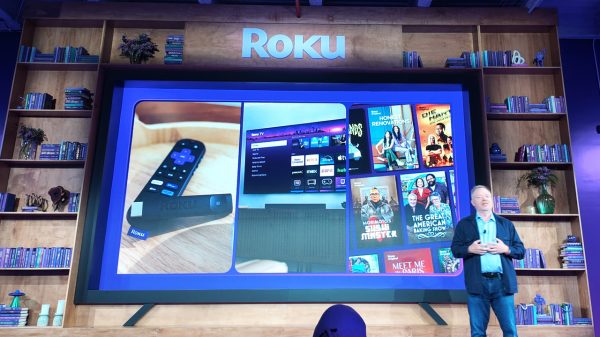
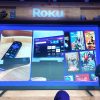


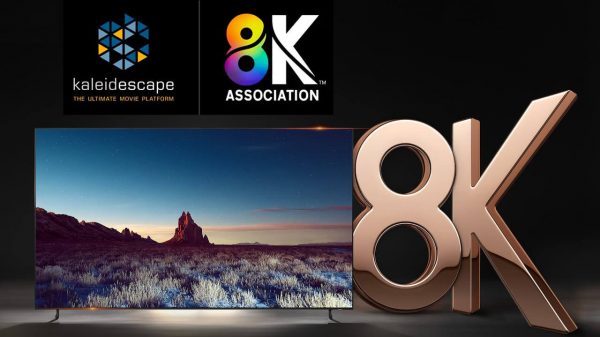

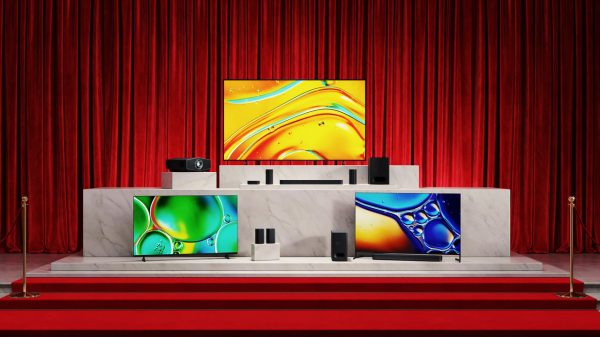
















Brian
February 4, 2023 at 5:03 pm
If you are hooked to cable TV, you won’t get 4K because cable technology cannot transmit 4K. Streaming, satellite, and 4K discs are your only potential sources.
GordM
February 4, 2023 at 10:22 pm
I have no hankering to upgrade from my 2017 Samsung 7 series 55″ LED TV at present. It continues to deliver to my satifaction.
That said, I have replaced my entire hifi system 3 times since the beginning of the pandemic 🙂
Ian White
February 5, 2023 at 10:16 pm
Gord,
I think you might be unique.
IW
Joe Whip
February 5, 2023 at 3:52 am
I now have an 83” Sony Master Series A90j , 8 can’t imagine a much better looking picture. Phenomenal.
Ian White
February 5, 2023 at 10:18 pm
Joe,
Which is the point. TVs have come so far that consumers are starting to lose interest in upgrading because their eyes can’t discern anything better.
Are we going to stop at 8K or 16K?
How much 4K content do consumers even watch?
IW